5 The Elf Master
Created by Thiago Bomfim
| Level | Materials |
| This RPA was specially designed for children
|
Set of cards (at the end of this chapter)
Set of cards with magical items (at the end of this chapter) A copy of the Skull Mountain picture (at the end of this chapter) 01 or 02 dice Note: Check the Introduction to Role-Playing Adventures for instructions on how to use the dice, how to integrate writing into the RPA, and how to adapt the RPA to different size classes. |
Storyline: Students need to find their way back from a fantasy land.
| # | Task | Suggested Time |
| Optional: Ask students to create a second identity (see Introduction to Role-Playing Adventures for instructions). If your students already have a second identity, you may choose to use them for this adventure.
|
||
| 1. | Give the card below to one of the students to play the role of the guardian.
|
5 – 10 minutes depending on the level of the students, size of the class, and previous knowledge of the vocabulary. |
| # | Task | Suggested Time |
| 2. | Place the cards with the description of the magical objects around the room. After choosing what they want to take, each student (or group) describes his/her object(s) to class.
Alternatively, you may have the students create the items themselves (If you decide to do that, start by providing some examples, such as “training shoes that allow you to run at supersonic speed”), and place students in groups to create others. You may also take objects (or pictures of objects) and ask the students to create the magical power of the object. For example, they choose the picture of a mug, and they decide that by drinking from the mug they become invisible for 20 seconds. If needed, you may complement the stock of cards provided here with their suggestions. Note: Remind students, throughout the game, that the magical items can only be used once. As soon as they use one, take the card away. If you are working with young teenagers, you can have each one of them take a card. If you have older teenagers or higher-level students, you may choose to limit the number of cards. This will make the adventure more exciting and more challenging.
|
20 – 50 minutes depending on the level of the students, size of the class, and previous knowledge of the vocabulary. |
| 3. | Tell students that the portal opens and they are sucked out of the guardian’s room. They find themselves in a dark forest, and they can spot some tiny star-shaped lights.
Have students draw a map of the part of the forest they can see. If students need help, ask the following questions to guide them: What does the forest look like? Are there many trees? What kind? Can you see any stream or river? Are there any mountains, caves? You may either have the whole class working together on the map (students take turns adding a feature and describing it), or have groups of students draw different maps and describe their maps to the whole class. In the latter case, after the groups present their maps, choose one map for the adventure.
|
30 – 50 minutes depending on the level of the students, size of the class, and previous knowledge of the vocabulary. |
| 4. | Tell students that they should get ready for the night. Split the class into teams and give each team one of the tasks below. Alternatively, in case you have a small group, work on each task at a time before going to the next.
As students present their plans of action, roll the dice to check the outcomes.
|
50 – 80 minutes depending on the level of the students, size of the class, and previous knowledge of the vocabulary. |
| # | Task | Suggested Time |
| 5. | Depending on the level of your students, you may want to pre-teach or revise vocabulary related to animals parts, such as horns, wings, beak, paws, hoof, fur, etc.
Say: Night passes by very slowly. Suddenly you hear growls and howls. Horrible animals have surrounded you. What do they look like? Place students in groups and ask them to draw these never-before-seen animals. Post their pictures on the wall and ask the students to describe their animals to the class.
|
50 – 80 minutes depending on the level of the students, size of the class, and previous knowledge of the vocabulary. |
| 6. | Say: The animals seem very hungry! What are you going to do? Think fast!
As they come up with their ideas, roll the dice to see if they are successful. Improve the odds until they evade, scare away or kill the beasts.
|
15 – 20 minutes depending on the level of the students, size of the class, and previous knowledge of the vocabulary. |
| 7. | Tell students that after they successfully dealt with the animals, they were exhausted and fell asleep. Morning is now breaking. They wake up and see an elf who delivers a message. Give the card below to one of the students to play the role of the elf , or play it yourself.
After the ‘elf’ reads the message, say: As soon as the elf finished speaking, he vanished. What do you think he meant? Do you remember the message? Encourage the class (using collective memory) to rewrite the message they heard as close to the original as possible.
|
20 – 40 minutes depending on the level of the students, size of the class, and previous knowledge of the vocabulary. |
| # | Task | Suggested Time |
| 8. | Tell students that they will need a compass to help them go north. They may use their magical items or describe how to build one without using magic.
You may ask students to search the net on how to construct a compass. Remind them that once a magical item is used, it will be discarded. Alternatively, you may want to build a compass in class. You will need a needle, a magnet, a small leaf, and a small bowl with water. Rub the magnet on the needle in the same direction until it is magnetized. If you don’t have a magnet, you can use animal fur or your own hair. Put the leaf on the water, and the needle on the leaf. The needle will point north. My personal experience: My students loved it when we built the compass in class.
|
50 – 80 minutes depending on the level of the students, size of the class, and previous knowledge of the vocabulary. |
| 9. | Students now have a compass and can get ready to go north as per the “elf’s” instructions. Ask the class the following questions to set the scene and roll the dice to determine the setting. For example, when you ask what the weather is like, roll the dice after each suggestion to see if it is true or false. Is it sunny? The dice say it’s not. Is it raining? Yes, according to the dice.
Suggestions of probing questions: What time is it now? What’s the weather like? What can you see around you? Can you see the sky or only the tree tops? Can you hear any noises? Are you scared?
|
10 – 15 minutes depending on the level of the students, size of the class, and previous knowledge of the vocabulary. |
| 10. | Say: You´ve been walking for a couple of hours. You come across a creature that looks friendly and could be of great help.
Divide the class into groups and ask each group to draw the creature. What does it look like? Does it have:
Note: This is also a review of vocabulary learnt in task # 5. My students loved drawing the animals in that task so much that they asked me to do it again. Tell the class that the animal they drew also has a well-developed skill. Ask what it is. It also has a weakness. Ask what it is. Ask students to draw their creature in groups. As a whole group, they present their creatures. You can either choose the best creature or put them up in the reception area or the hall and have other students vote for their favorite one. If possible, award the best drawing: the prize could be some candy or a new magical item.
|
50 – 80 minutes depending on the level of the students, size of the class, and previous knowledge of the vocabulary. |
| 11. | After choosing which creature they met, tell the class that they need to develop a strategy to befriend it/him/her.
As they suggest ideas, roll the dice until they find a way to befriend the creature.
|
15 – 30 minutes depending on the level of the students, size of the class, and previous knowledge of the vocabulary. |
| 12. | Tell the class it’s time to take a rest. Where? Ask students to give suggestions. (Under a tree? Close to a bridge? By a stream?). Roll the dice to define where they are resting.
Say: An earthquake strikes. A crack opens up right where you are and you fall into a pit (roll the dice to figure out how deep and wide it is. Whatever number they get will be doubled or tripled.). You look around and find a chest. Before you open it, the elf appears and says (choose one student to play the role of the elf, and give him the elf card below). Note: After the ‘elf’ delivers the message, check with the students what they understood from it. Make sure they interpreted it correctly.
|
15 – 30 minutes depending on the level of the students, size of the class, and previous knowledge of the vocabulary. |
Elf (2): There is much value in that chest. There is nothing in it and there is something in it as well. It belonged to a famous wizard many years ago. This chest holds the only key to your freedom. You must take the chest to the Skull mountain, place it under the shadow of the skull and wait for it to open by itself.
| # | Task | Suggested Time |
| 13. | Tell the class they tried to open the chest anyway and it was in vain. Remind them they are at the bottom of the pit. Remind them of how deep and how wide it is. Roll the dice to check how heavy and how big the chest is. The bigger and the heavier, the more difficult it will be for them to bring it along.
They have to find a way to get out of the pit and take the chest along with them. You may choose to place them in groups or have them work as a class. If students work in group, you can use the dice to find our which one has the best chance to succeed. (The group that gets the highest number, will have their plan chosen, and they will be successful.)
|
10 – 30 minutes depending on the level of the students, size of the class, and previous knowledge of the vocabulary. |
| 14. | Ask the class to guess how to find the Skull Mountain.
The right solution is that the creature they befriended knows the way. As students try to guess, if they don’t mention the creature, tell them it’s not the right solution. It’s not going to work. While your students are trying to guess, give the card below to one of the students to play the role of the “creature”. This student will need some time to read the card and get ready to answer questions. Give the card to the student at some point and ask him/her to leave the classroom to study the information. Don’t let the other students know why s/he has left the class. Continue asking for suggestions. If nobody thinks of the right solution, tell them that the “creature” has started jumping up and down and is pointing west. Call the student who is playing the role of the creature back to class. Check to see if s/he has any doubts. Tell the class s/he is the creature and instruct the ‘creature’ to turn to the class and say “Yes, I can talk!” Ask the class to ask the creature questions. Any questions they want. And remind them they need to find out where the Skull Mountain is. The student who is playing the role of the creature will have to improvise answers to questions not covered in the card. Note: You may or not choose to take notes of some of the mistakes students make and conduct a review of the points.
|
50 – 80 minutes depending on the level of the students, size of the class, and previous knowledge of the vocabulary. |
Animal Friend
When the class turns to you, say: Yes, I can talk!
Read the information below and be prepared to answer their questions.
Yes, you know the way to the Skull Mountain. However, you don’t think it is a good idea to go there because it is a very dangerous trip. The only way to get there is to travel to the purple valley and there are man-eating ogres there. The skull mountain is in the middle of the valley. You don’t believe your new friends will be able to defeat the ogres who are big and strong. They live in deep caves and hunt in groups. They have a keen sense of smell, but very poor eyesight. They don’t ride regular horses, no. They actually ride these giant spiders! The purple valley is north right after the strawberry volcano (it got this name because it spits bright red and pink lava).
| # | Task | Suggested Time |
| 15. | Tell the class they have started walking west, towards the Skull Mountain. They have arrived at the place where the ogres live.
Ask the class if they remember all they know about the ogres (they have a good sense of smell, poor eye sight, eat men, live in caves, hunt in groups, and ride giant spiders). Place students in groups and ask them to devise a plan to go past the ogres without being detected. Have students present their plans and tell them to be prepared to use their ideas, if they are attacked.
|
30 – 50 minutes depending on the level of the students, size of the class, and previous knowledge of the vocabulary. |
| 16. | Along the way, students come across a snake-infested river. The snakes are huge! They look like anacondas. How many snakes can they see? (Check that by rolling the dice).
Place students in groups to think about how they are going to cross the river without being caught by the hungry snakes! Everybody must go across the river. Challenge students as they explain their plans in as many details as possible. For example, if they say they will use the magic wings, ask them why, who will use it, who is more apt to do it, etc. Roll the dice to see how successful they were. Improve the odds as they come up with new plans. Note: In one of my classes, one group decided to use the magic wings to tale a rope to the other side of the river and tie it to a tree. I rolled the die and got a 2. So, I said: It was hard! It was difficult! Sally did not have much experience using the wings. At some point along the way, she almost fell, but she made it to the other side. If I had gotten a 6, I would have said something like Sally was fantastic!!! She flew over the river like a pro. After all groups have presented their plans and established which ones to use, tell the class that the mission was accomplished. They were all able to cross the river safely.
|
30 – 50 minutes depending on the level of the students, size of the class, and previous knowledge of the vocabulary. |
| 17. | Say: Night has come and you all decide it’s time to sleep. However, you need someone to keep watch because of the ogres. It’s a long night. It would be hard for just one person to keep watch all night. You need to take turns. Who will keep watch first? Who will keep watch second? Etc. (Create a timetable on the board with the names of the students who will keep watch.)
It is about 3 o’clock in the morning. Who is keeping watch again? (Name of student who is on watch) wakes all of you up. S/he has heard some strange noises and believes that the ogres are nearby. What are you going to do? Which of the plans you devised earlier will you use? Start rolling the dice as they test their plans and improve the odds as they try them out until they are successful. Remember to discard magical objects after they are used.
|
20 – 50 minutes depending on the level of the students, size of the class, and previous knowledge of the vocabulary. |
| 18. | Say: You have all worked very well. You were brilliant and very courageous. You managed to defeat the ogres. To your surprise, a picture falls from the sky on top of (student’s name) head. Look at it. (show them the picture of the Skull Mountain). Now, you are in the purple valley, and the Skull Mountain is right there, in front of you! Unfortunately, there is a huge dragon guarding the mountain. A fire-spitting dragon. What are you going to do? You need to defeat or deceive the dragon somehow.
As a whole class, ask students to come up with suggestions. Roll the dice and keep the odds low (“Only if you get a 6 the plan is successful”. Let the student who suggested the plan to roll the die.). Improve the odds (“if you get a 5 or 6, you are successful!”) until they succeed. Note: If you want to make this activity more challenging, you can say that their plans will only succeed if they get a certain number on the die. Otherwise, all their plans will fail. My personal experience: In one of my classes, before I rolling the die, I told the students that to be successful they needed a 6. I rolled the die and got a 6! All students jumped and clapped in joy. The task took less the 5 minutes. Of course, I made an angry face which made the students even happier.
|
5 – 50 minutes depending on the level of the students, size of the class, and previous knowledge of the vocabulary. |
| 19. | Tell the students they placed the chest in the position shown in the picture of the Skull Mountain. When the shadow of the skull reached the chest, it opened and sucked everyone inside, and they found themselves back home. Mission accomplished!
|
5 minutes |
Cards, Pictures, and illustrations (Photocopiable)
Cards
| Guardian: “Are you ready for an adventure? Look around. You will find several objects with magical powers. Choose one. There is only one thing you should know. You can use your magical object only once during this adventure. So, be wise. Choose your objects carefully and don´t waste them. Your goal is to come back to this room. If you fail….”
|
| Team 1: You need to build a fire. Think about two different ways of lighting a fire. Be ready to explain how you are going to go about it.
|
| Team 2: You need to build a shelter. You don’t know whether there are any wild animals around or whether it will rain heavily during the night. What are you going to use to make your shelter? And how are you going to put it up?
|
| Team 3: It is very dark and you cannot see well. However, you are encouraged to explore your whereabouts. Which direction are you going to take? You take this direction and find something on the way. What is it? (Note: it cannot be anything magical). As soon as you see it, you hear a howl and rush back to your friends. Report to them what you saw and heard.
|
| Elf (1): I come from a place between yours and this one. You’ve got to have patience because all things have a purpose, including your presence here. You should head north and during your journey, you may find something that is going to help you get back home.
|
| Elf (2): There is much value in that chest. There is nothing in it and there is something in it as well. It belonged to a famous wizard many years ago. This chest holds the only key to your freedom. You must take the chest to the Skull mountain, place it under the shadow of the skull and wait for it to open by itself.
|
Skull Mountain
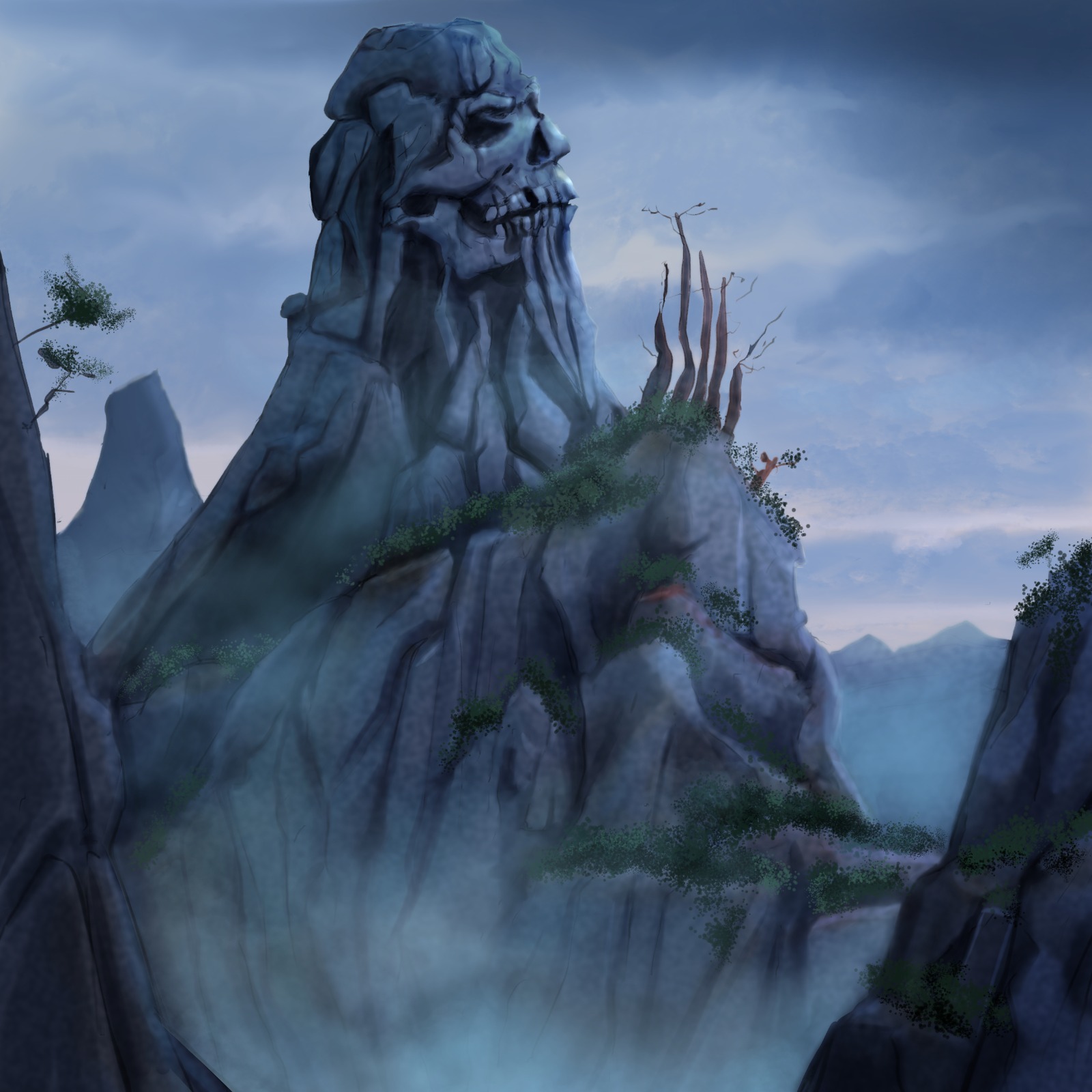
Magical Items
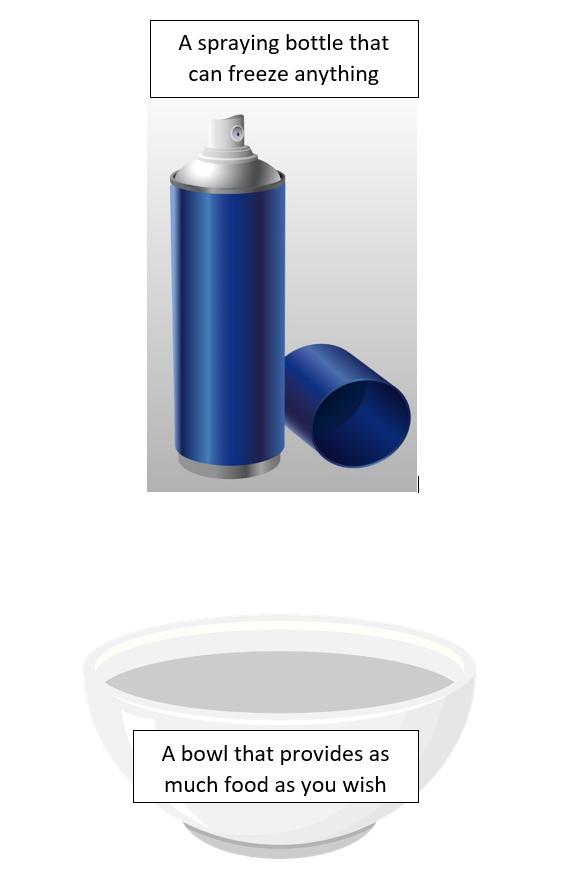
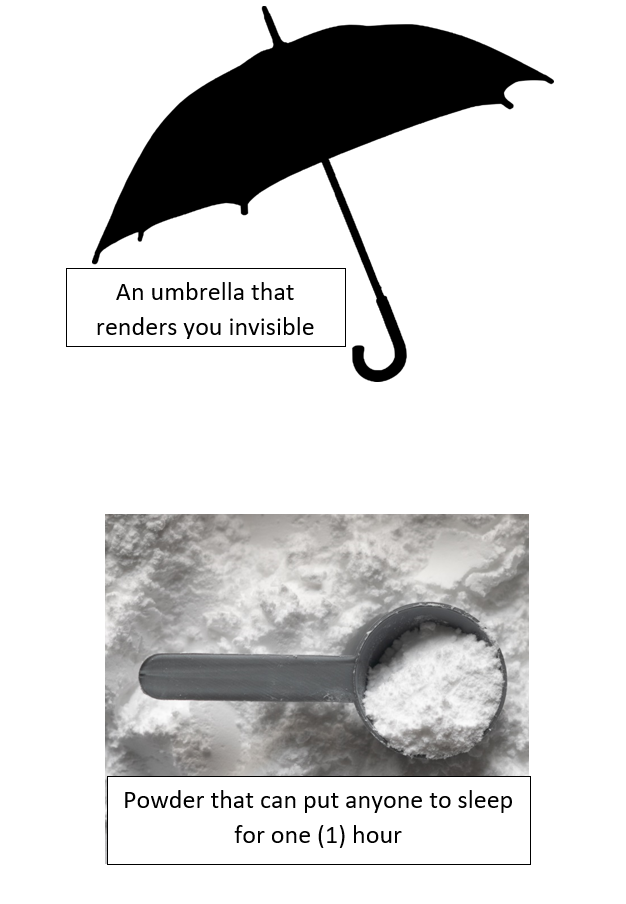
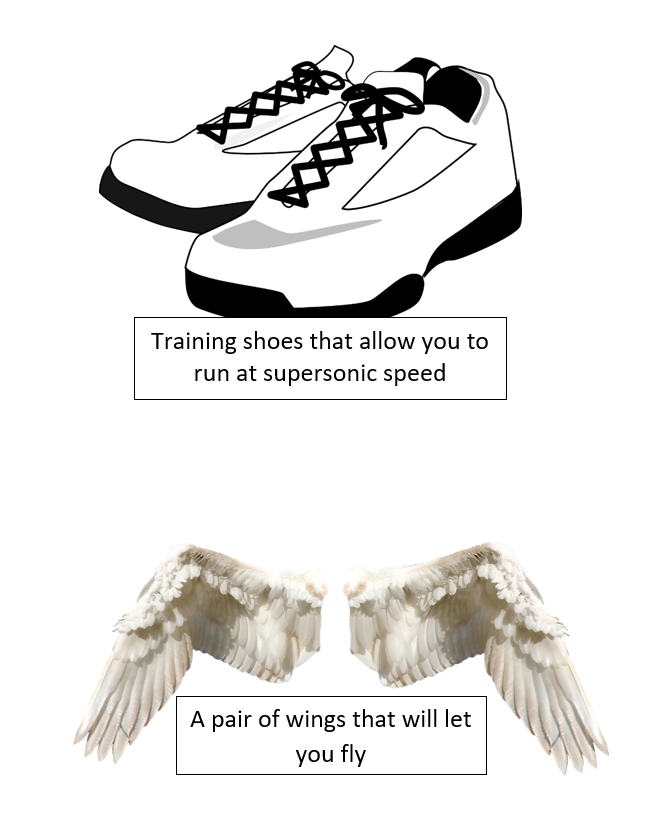
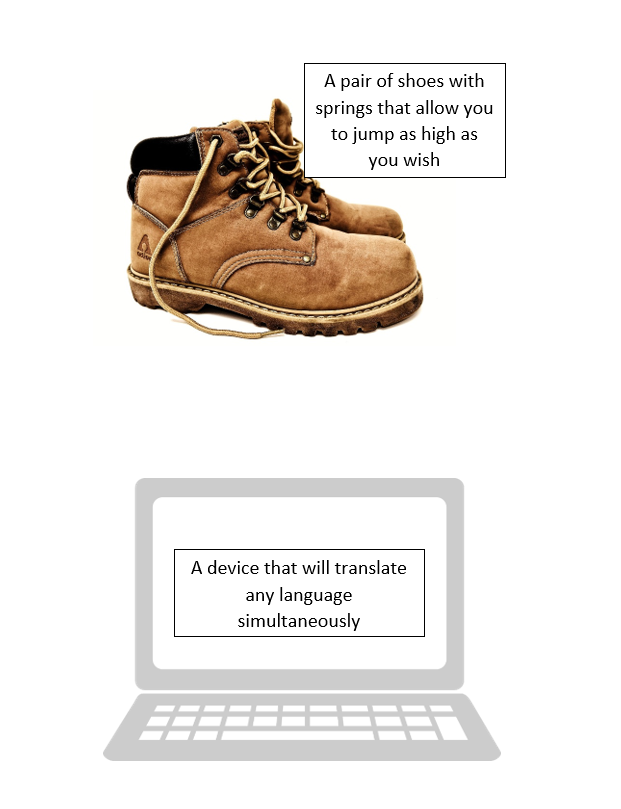
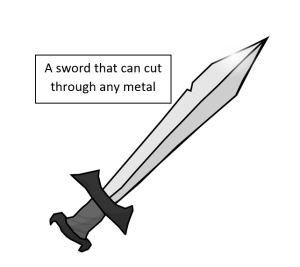


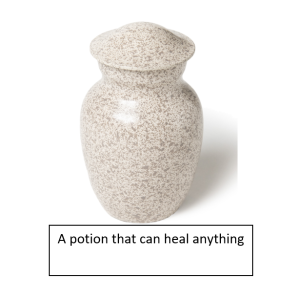
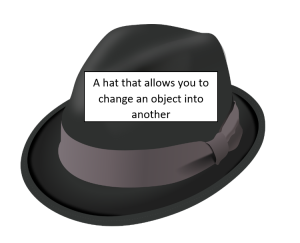


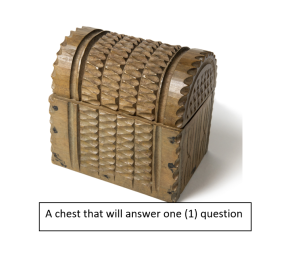
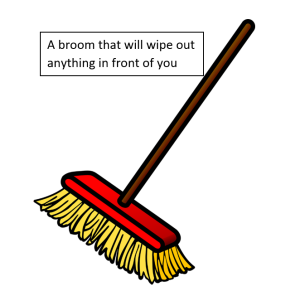
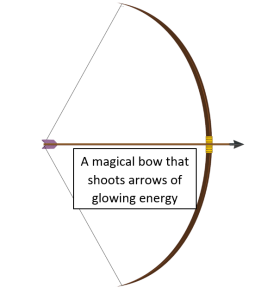



Feedback/Errata